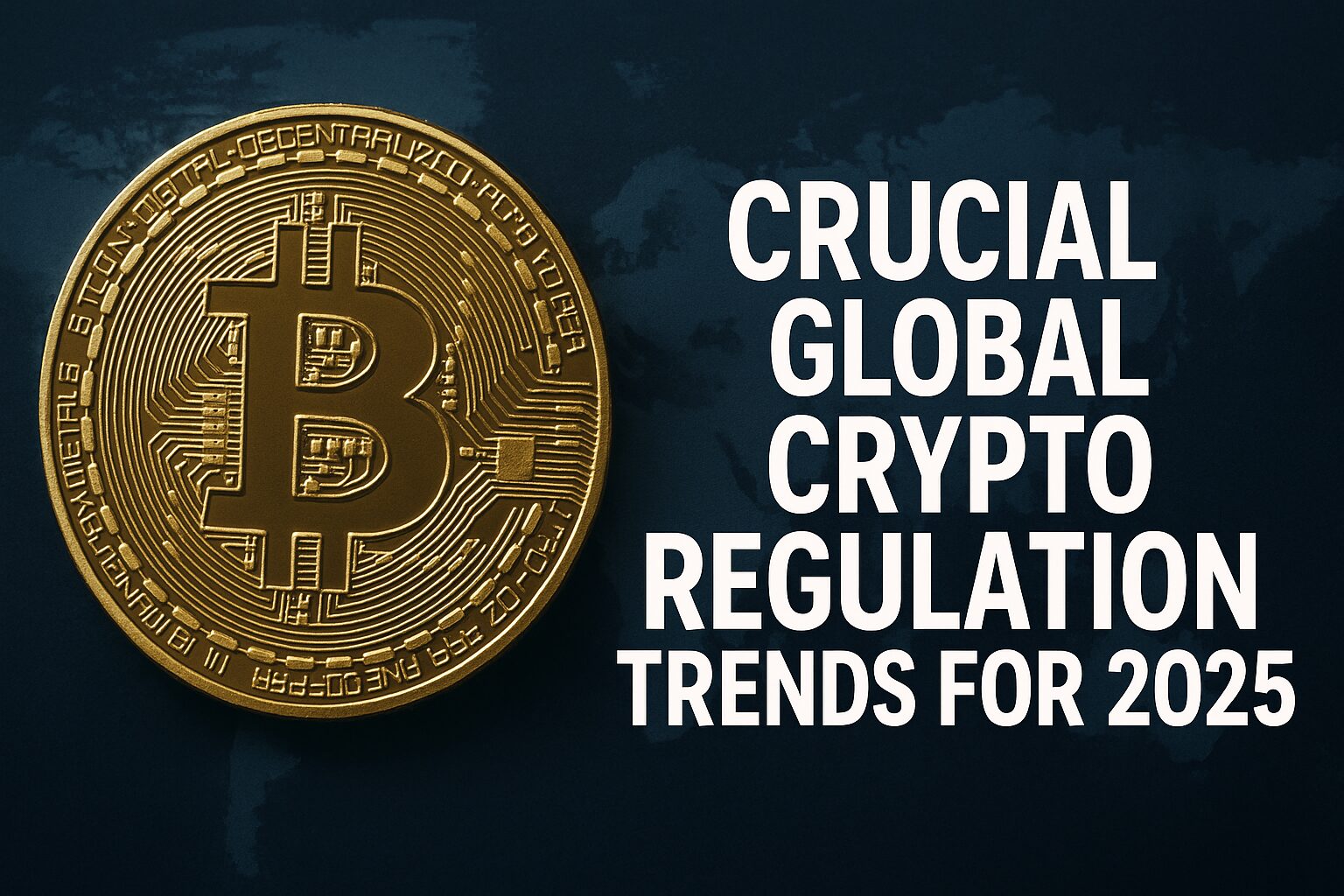Navigating the Maze: Global Crypto Regulation in 2025 and Beyond
Blockchain compliance has long been a moving target, a maze of legislation passed, revoked, and reinterpreted through countless jurisdictions. As we navigate through 2025, Web3 founders continue to grapple with this confusion. But through the fog, emerging regulatory regimes are coalescing, finally providing an approximation of clarity—a clarity that potentially makes or breaks fledgling crypto projects. This article deconstructs the new worldwide approaches to crypto regulation, highlights the profound impact on entrepreneurs, and offers real‑world guidance for thriving under these ever‑evolving regulations. For Web3 creators, understanding this landscape isn’t advisable; it’s essential to survive and thrive.
Shifting Philosophies in Blockchain Regulation
Hands‑off Then Regulate
Some jurisdictions let innovation run free before imposing guardrails once risks emerge. The U.S. has historically used this model for new tech, but its crypto stance under the SEC and CFTC has skewed adversarial, treating tokens as securities under decades‑old laws.
Ban First, Decide Later
Bangladesh and China banned crypto as early as 2014. Bangladesh still enforces a ban, while Bolivia only recently lifted its prohibition—recognizing the lost economic opportunity.
Sandbox Model (Emerging Hybrid)
The EU’s MiCA regime and the UK FCA sandbox allow projects to pilot under supervision, giving regulators data to write smarter rules while providing startups market clarity.
Regional Snapshots: Contrasting Approaches
United States: A Shifting Tide?
- The SEC under Gary Gensler brought over 100 crypto enforcement actions in four years.
- 2025 saw a full‑time “Crypto Czar” appointed, signals favoring Bitcoin ETFs, and a halt to “Operation Chokepoint 2.0” tactics against crypto banking.
- Executive orders paused U.S. CBDC work, shifting focus to stablecoins and tokenized assets via private sector.
European Union (MiCA): Harmonization Takes Full Effect
- MiCA became fully operational December 30, 2024, unifying rules for asset‑referenced, e‑money, and utility tokens across 27 states.
- From January 2026 on‑chain KYC/AML requires logging sender/receiver info for transactions over €1,000—bolstering AML but raising privacy concerns.
Asia & LATAM: Diverse and Dynamic
- Hong Kong licensed exchanges, cleared crypto ETFs, positioning itself as Asia’s regulated gateway.
- South Korea tightens illicit exchange controls while boosting consumer protections.
- Argentina embraces stablecoins for remittances amid inflation, with regulators warming to crypto use.
- Brazil proposes banning stablecoin transfers to self‑custody wallets over AML concerns—risking a DeFi slowdown.
Impact on Blockchain Entrepreneurship
Advantages of Regulatory Clarity
- Institutional Adoption: Tokenized real‑world assets and ETFs attract institutional capital.
- Consumer Trust: Defined custody and disclosure rules reduce fraud and broaden mainstream appeal.
- Long‑term Planning: Stable frameworks let startups raise capital and plan without fear of sudden bans.
Challenges to Watch
- High Compliance Costs: Legal fees, compliance tooling, and personnel can strain small teams.
- Fragmented Jurisdictions: Varying rules across regions amplify operational complexity.
- Innovation Risks: Privacy coins and some DeFi primitives may be outlawed in key markets.
Strategic Recommendations for 2025
- Jurisdictional Diversification: Base operations in crypto‑friendly hubs (e.g., Switzerland, Singapore) while using EU sandboxes for market entry.
- Embed Compliance Early: Integrate on‑chain KYC/AML solutions into contracts and UIs from day one.
- Leverage Sandboxes: Participate in EU/UK sandboxes for regulatory feedback and smoother authorization.
- Monitor Developments: Engage legal experts and industry groups to stay ahead of rule changes.
- Advocate & Educate: Join bodies like the Global DeFi Alliance to shape balanced, innovation‑friendly policies.
Turning Compliance into a Competitive Edge
The maze of global crypto regulation in 2025 is converging toward clearer regimes. By mapping each region’s philosophy, anticipating change, and baking compliance into product design, Web3 founders can transform regulatory burdens into strategic moats—ensuring not just survival, but market leadership in the next era of blockchain innovation.
Check out our Tech page for more similar topics



